Facilitating Deep Connections at Santa Barbara’s Schools
AHA! Council Circles
By Leslie Dinaberg | November 10, 2022
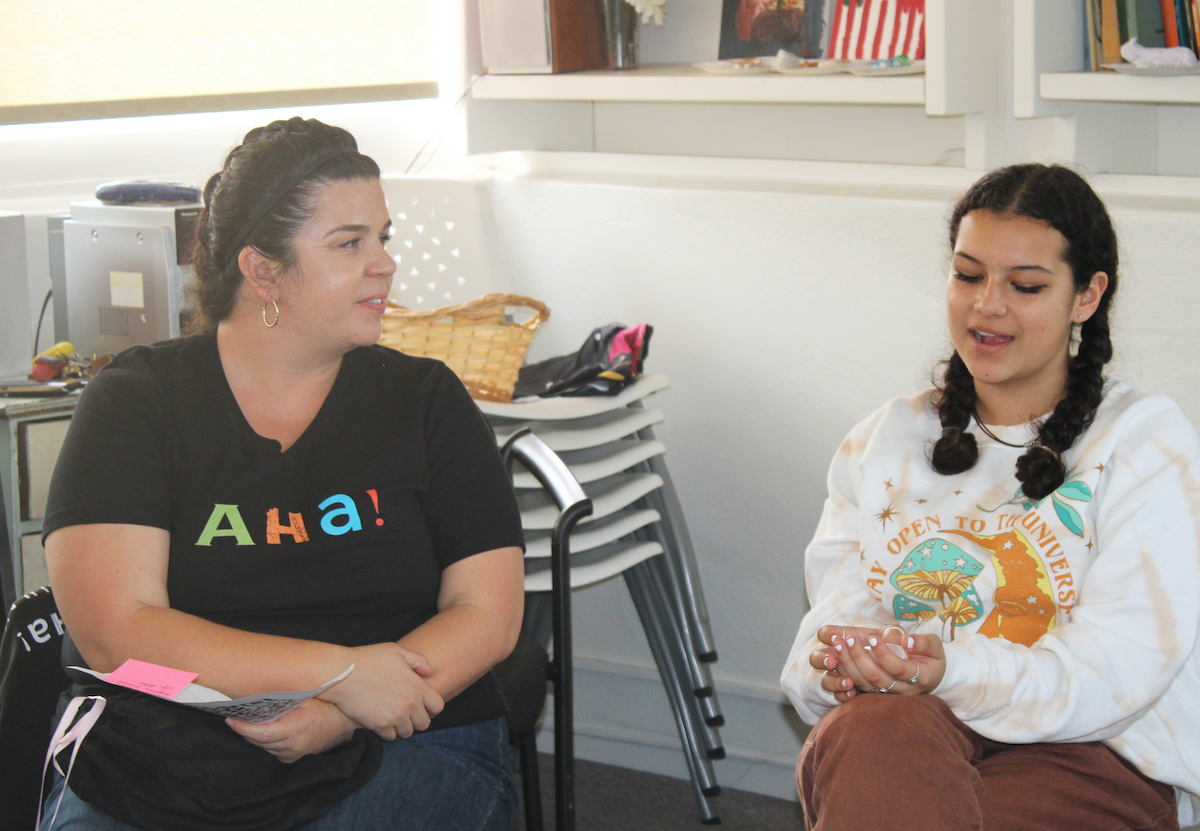
Read all of the stories in our “Schools of Thought 2022” cover here.
Council Circles provide students and educators with a skillfully facilitated space to speak about what is on their minds or in their hearts in the presence of others who listen deeply. For the 2022-23 school year, AHA! has been invited to conduct Council Circles in about 25 classes at Carpinteria High and Middle schools and at La Colina, Santa Barbara, and Goleta Valley Junior High schools. Melissa Lowenstein, Director of Training & Adult Programming for the nonprofit, which has provided social-emotional education to more than 20,000 teens and youth care providers since it began in 1999, shared some information about the program.
How did the Council Circles originate? Was it a pilot program? AHA!, which has been around since 1999, has always been based in part on the practice of Council. Rendy Freedman, MFT, one of our cofounders, has had extensive training in Council from the Ojai Foundation.
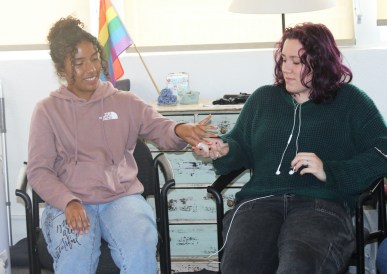
AHA!’s long-running in-school programs have always involved a combination of social-emotional education and small group sharing and discussion using the same guidelines used in Council, and AHA! facilitators are trained Council Circle leaders. As students returned to campuses over the past year, school administrators were seeking ways to help improve a sense of connectedness, belonging, and community among students and educators. Councils turned out to be an excellent fit for what schools were seeking.
Can you explain a little bit about how they work? Council involves sitting in a circle with other members of one’s community to speak and listen from the heart, with one person sharing at a time. As the talking piece goes around the circle and everyone responds to the question at hand, each person has a chance to speak their truth and make their voice heard. Skilled, trained facilitators guide the process, and everyone has an opportunity to deeply listen and grow to know others.
AHA! facilitators visit each classroom for four consecutive weeks, once a week, to lead an hour-long Council. We play a bonding, fun, large group game first, then settle into groups of no more than 10 students per facilitator. Each week, we bring a series of Council questions designed to help students get to know each other more deeply and to consider how they can contribute to their school communities.
Council is an ancient practice with many uses, including teaching, peace-building, problem-solving, and storytelling. In this modern iteration, it is meant to build a sense of community and belonging among students served.
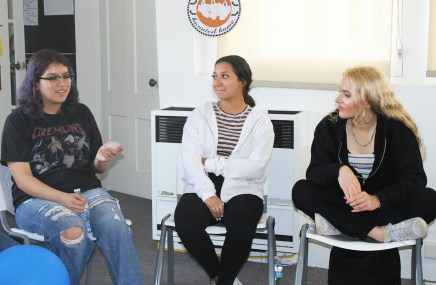
Who are the participants and how are they selected? Teachers who want Council Circles in their classrooms sign up for the offering.
Are you going into areas with identified problems or is this a school-wide program? This is a school-wide program; any teacher who wishes to bring Council into a classroom can sign up. This being said, there have been instances where we are asked to bring a Council in response to a particular problem. Those Councils are tailored to the issue and the student population being served.
What have some of the responses and outcomes been? Teachers reported a demonstrable change in classroom climate after circles completed. Post-surveys demonstrated a big jump in students’ sense of being connected with and listened to by their peers and their willingness to ask their teacher for support. Student feedback about what stood out as memorable, enjoyable, or meaningful included: “The talks we had about what inspires us.” “Checking in with others … I think is very meaningful.” “That everyone opens up about their life.” “That we were able to talk about topics that we normally don’t.” “When we all listened, no one judged.” “Being able to speak what’s on your mind to others, and how they respect your thoughts.” “Finding out I have deeper things in common with my peers.”
See ahasb.org.
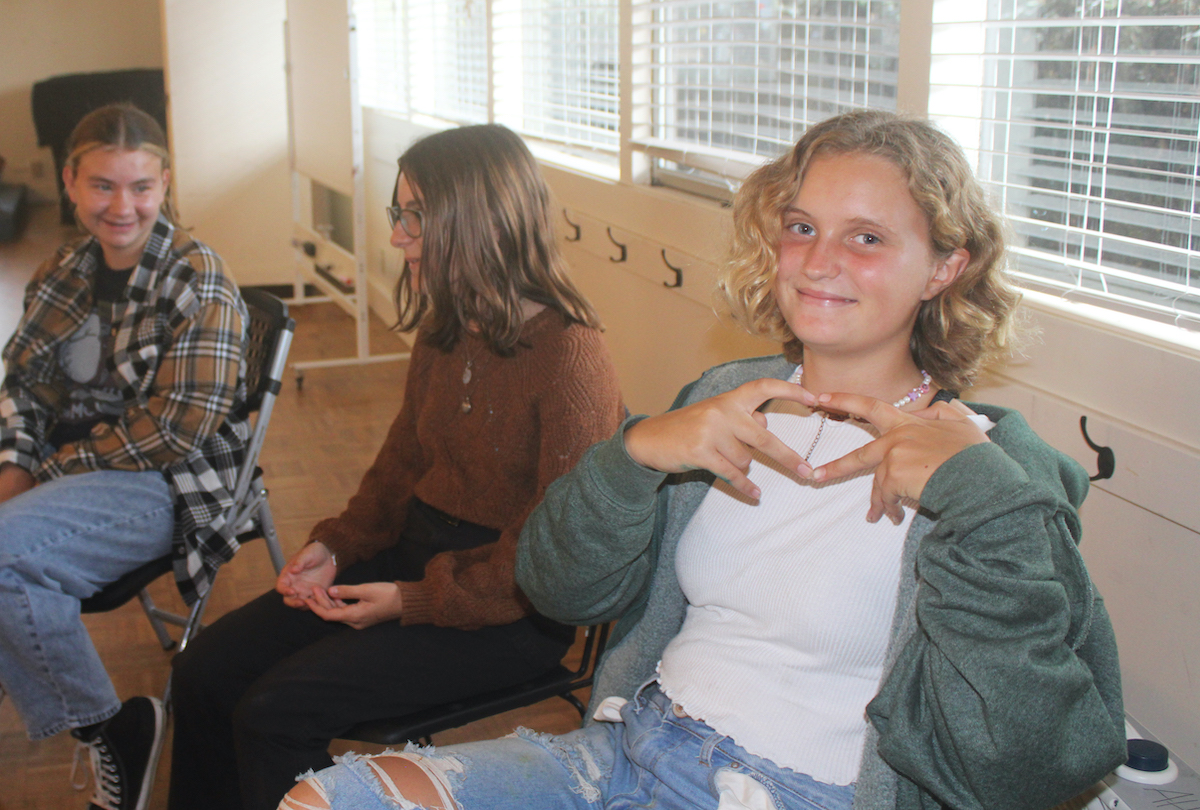


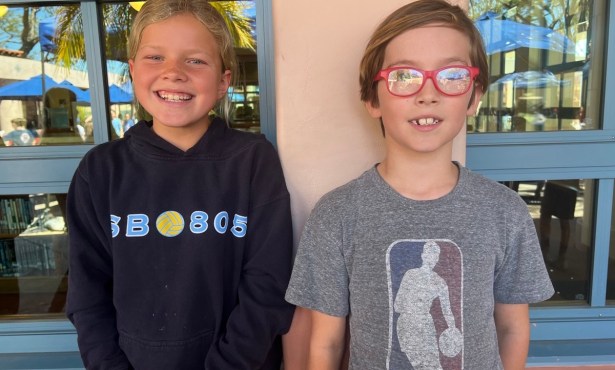

You must be logged in to post a comment.